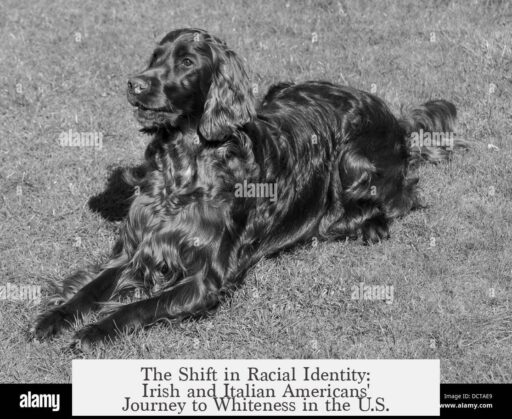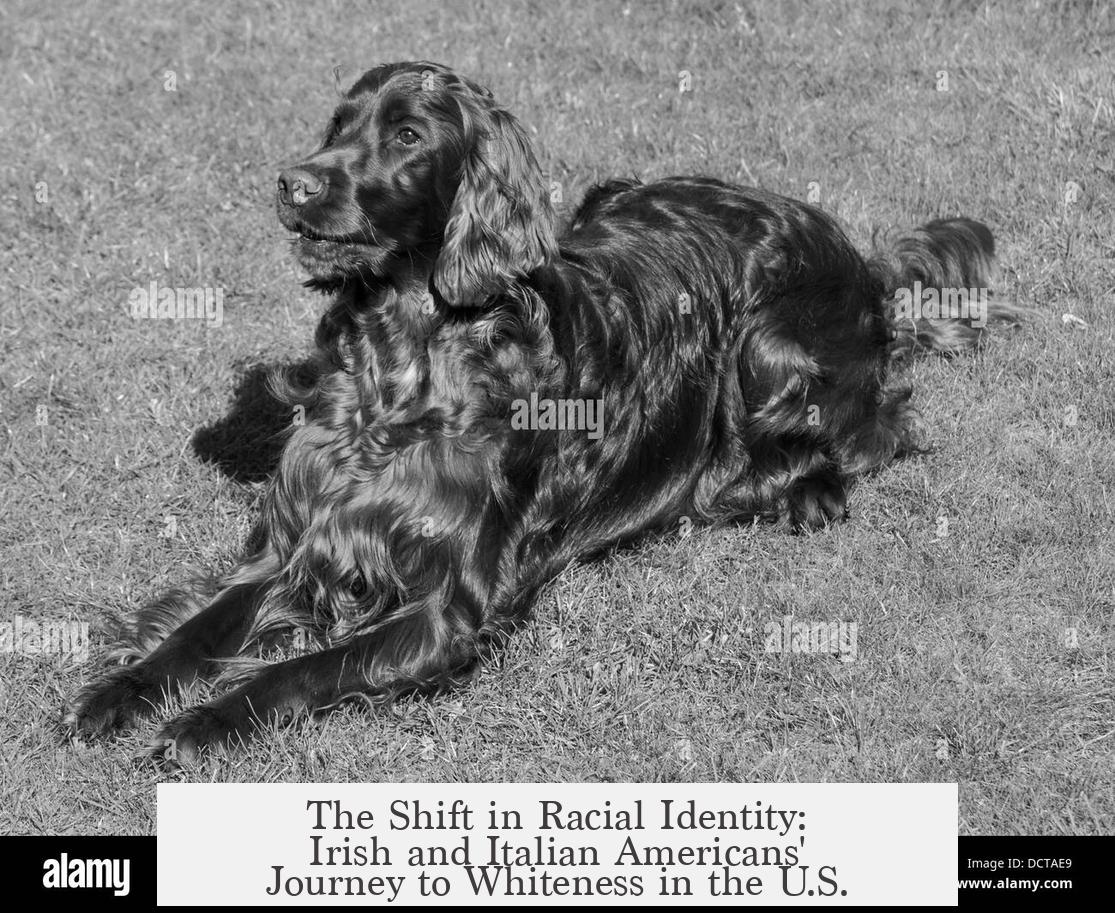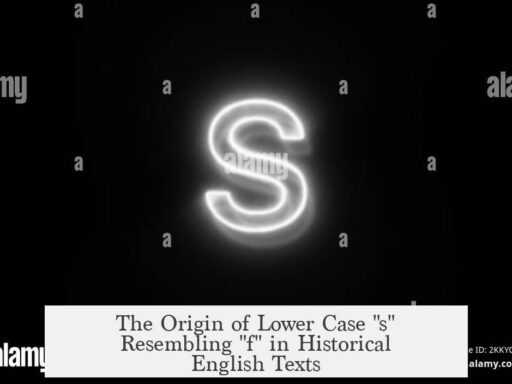Irish and Italians were legally classified as white in America but faced social discrimination as the “wrong kind of white,” distinct from the dominant white Anglo-Saxon Protestant (WASP) identity. They were not considered non-white by law at any point. Instead, social attitudes distinguished them from the established white elite, creating divisions within the white racial category.
In 19th and early 20th century America, Irish and Italian immigrants encountered prejudice and exclusion. This bias related more to ethnicity, religion, culture, and class than race. These groups often lived in segregated neighborhoods and held low-status jobs. Yet, they were still legally recognized as white.
The idea that Irish or Italians were “not white” reflects misunderstood social dynamics. They were considered white but not White—where White denotes the dominant American identity tied to Anglo-Saxon Protestant origins. This subtle but important distinction highlights cleavages within whiteness.
Prejudice against Irish and Italians can be described as discrimination toward “the wrong kind of white.” This phrase illustrates that ethnic and religious differences were central rather than outright racial exclusion. Modern views sometimes conflate this with being non-white because current society lacks such explicit white ethnic divisions.
The process of Irish and Italians becoming fully accepted as part of mainstream white American society occurred gradually, usually across generations. Factors included economic advancement, political integration, and assimilation into American cultural norms. Over time, these groups lost the social markers that singled them out as outsiders.
| Group | Legal Status | Social Status | Key Barriers | Process of Acceptance |
|---|---|---|---|---|
| Irish | White | Discriminated as non-WASP white | Religion (Catholicism), poverty | Political power, upward mobility |
| Italians | White | Discriminated as non-WASP white | Language, religion, class | Assimilation, suburbanization |
This nuanced racial and ethnic history informs the understanding that whiteness is not monolithic. Irish and Italians contributed to reshaping American concepts of race and ethnicity by transitioning from marginalized whites to fully accepted members of the dominant white group.
- Irish and Italians were always legally white in America.
- They faced discrimination as ethnic whites, not as non-whites.
- Discrimination targeted their religion, culture, and class.
- “White” and “*White*” referred to different social identities.
- Full acceptance occurred through assimilation, economic gains, and political power.
Were the Irish and Italians considered non-White in America?
They were legally considered white, but socially treated as a different kind of white. They faced prejudice for not fitting the dominant “WASP” identity. This led to discrimination based on being the “wrong kind of white,” not actually non-White.
What does being the “wrong kind of white” mean?
It means facing bias within the white community for ethnic, religious, or cultural differences. Irish and Italians were white by law but excluded from certain social privileges held by Anglo-Saxon Protestants.
Did Irish and Italians ever lose their whiteness legally?
No. American law always classified Irish and Italian immigrants as white. Social attitudes produced discrimination, but legal racial status remained unchanged.
When and how did the Irish and Italians become fully accepted as White?
Over time, social barriers softened as these groups integrated economically and politically. By the mid-20th century, distinctions faded, and they were seen as part of mainstream white America.
Why do people think Irish and Italians were once non-White?
This idea comes from misunderstandings of social history. Prejudice against them resembled racism, leading to myths that they were non-White when they were instead marginalized whites.



